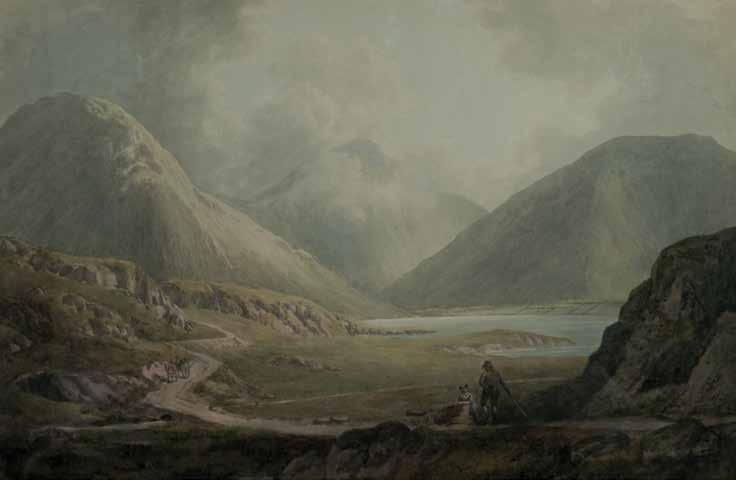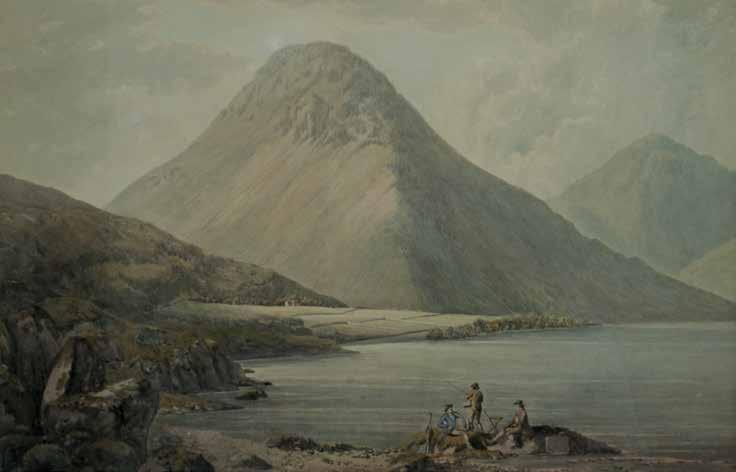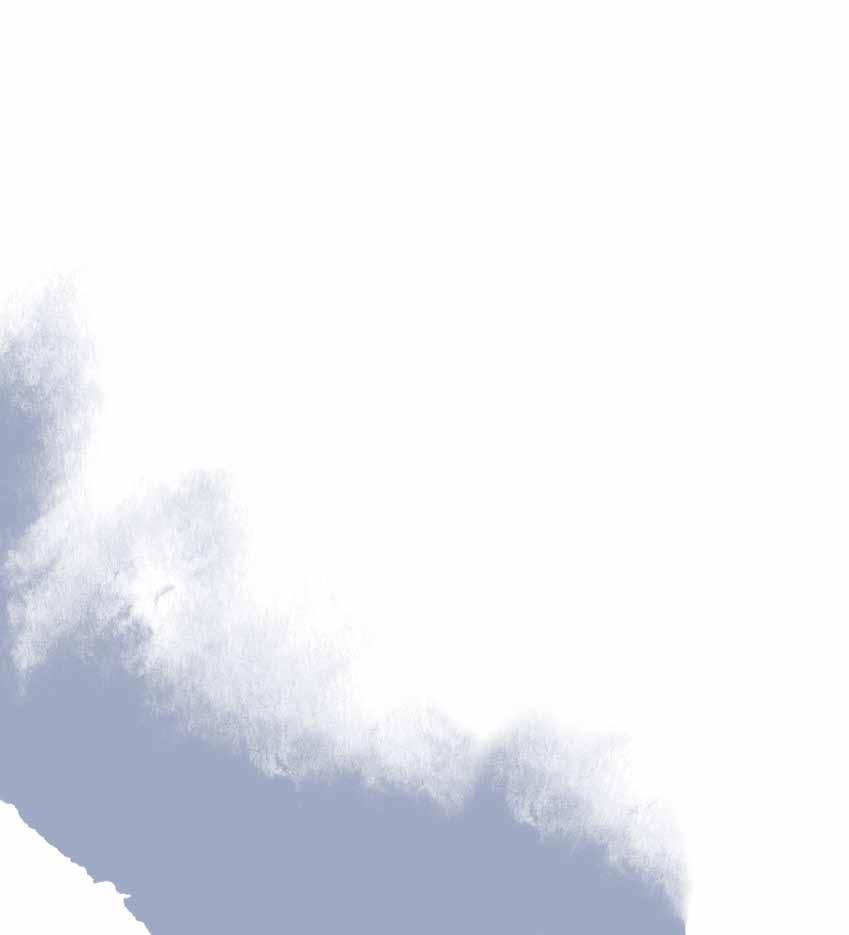
5 minute read
Reimagining Wordsworth
The year was dominated by Reimagining Wordsworth, our strategy for affirming Wordsworth’s continuing relevance to our 21st-century lives. Reimagining Wordsworth will bring Wordsworth’s poetry to more people, and in new ways.
After many years’ planning and fundraising, work began onsite on 1 April 2019. Dove Cottage underwent its first major conservation since the 1970s, a new Learning Space and a new Café were created, work began to open up new outdoor spaces, and the expansion and refurbishment of the Museum continued throughout the year.
Advertisement
When the new experience is fully launched as Wordsworth Grasmere, visitors will be transported back in time to the Wordsworths’ years of ‘plain living and high thinking’ in Dove Cottage, and encounter their original words close-up in an expanded and transformed Museum.


Above: The new Museum takes shape Left: Dove Cottage under its scaffold canopy. Each individual roof slate was removed, inspected and returned to its original position: 98% of the slates were found to be in good condition and only one in fifty had to be replaced Top: Relaxing in the new Café
Above: Trainee Tavia Panton leads an activity for families in the new
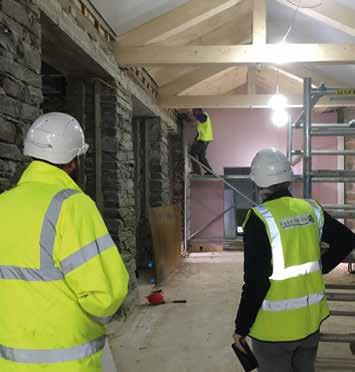
Learning Space (February) Above: Each individual floorboard in Dove Cottage was numbered and lifted to allow for an inspection of the voids beneath. Electrical wiring and radiators have been replaced with a more discreet heating, lighting and security system, and later fixtures have been removed, including display cabinets installed when Dove Cottage first opened as a museum in the 1890s

Away from Grasmere, Reimagining Wordsworth is reaching people from all over the world, from hospices in Cumbria to schools in the United States and Mexico. The guiding principle, as with all our activities, is taken from Wordsworth himself: ‘to console the afflicted, to add sunshine to daylight by making the happy happier’. A participant in one project, involving refugees from Venezuela to Zimbabwe, said simply, ‘you create a place for us to be happy’.

Right: Working with the Children’s Society and Glenthorne Quaker Centre, we welcomed refugees from various troubled parts of the world to Grasmere, providing them with an opportunity to explore Wordsworth’s manuscripts and the landscape that inspired him (April)
Opposite page: Students from the University of Texas at El Paso help to plan the layout of the new Museum galleries (June)
Below: ‘In the Footsteps of Dorothy Wordsworth’ guided walk (May)
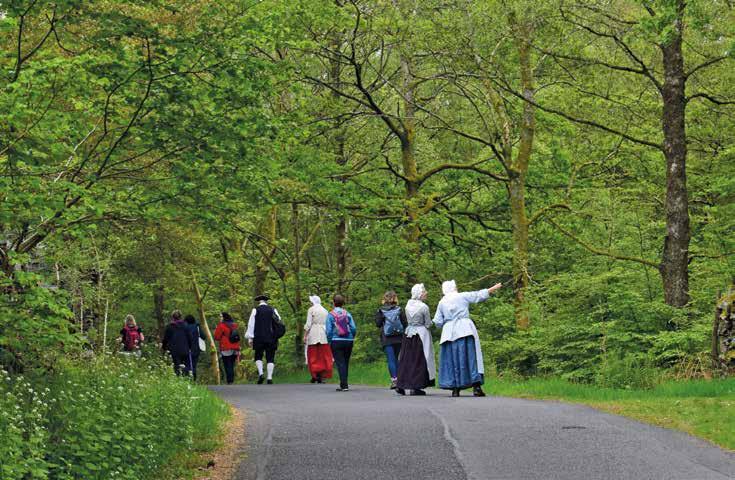
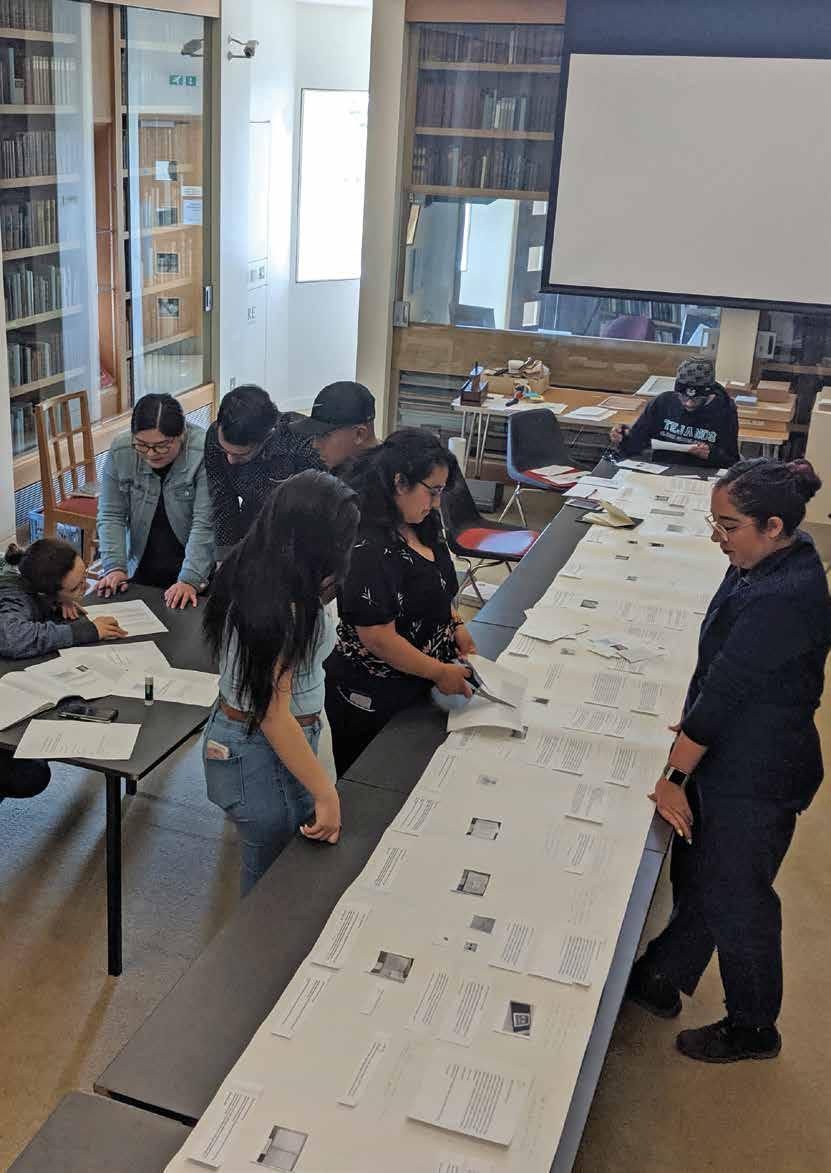
We seek to provide as close an experience as possible to visiting Dove Cottage as it might have been in 1800. Where possible, we are reducing the distraction of modern intrusions, to give a sense of stepping back in time. Each artefact or facsimile manuscript, in each room, tells a story of a particular moment taken from the poems, letters and journals. Together they give a sense of a lived-in home, in which real people lived ordinary lives and created extraordinary literature.
Jeff Cowton, Curator
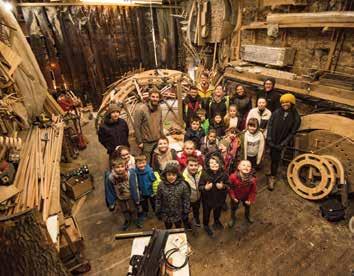
Below: Volunteers work to clear the ground in preparation for the new Sensory Garden Above: Children from Cartmel Primary School help create the new Moss Hut at artist Charlie Whinney’s studio in Witherslack, Cumbria (March). The completed Moss Hut arrived at Wordsworth Grasmere five months later, having largely been built during the lockdown (Photo: Rob Fraser / somewhere-nowhere)
Right: Filming the new introductory experience
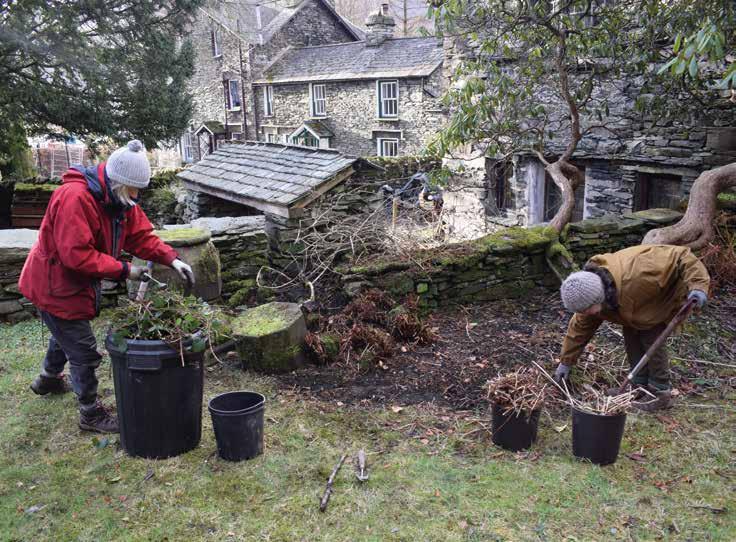

With our own buildings closed and construction work underway for most of the year, we took our activities out into the landscape or community venues instead. Our education and outreach team put on activities in 60 villages and towns across Cumbria and beyond, reaching 7,692 people – from young families and primary school children to hospital patients, prisoners, and older people in care homes.
Meanwhile, the Reading Room remained open for public events and courses for university students. In November we opened the new Learning Space, and the spacious and comfortable environment was immediately popular with schools and community groups. A further 1,437 people of all ages participated in events, talks and workshops on site.

Above: Places of Poetry workshop (July)

Left: Principia College students on a walk with Senior Hospice Nurse Lilian Simmonds before the ‘What is Natural’ workshop (June) Above: ‘Let nature be your teacher’: Arts Awards participants from Roose School, Barrow-in-Furness at Blackwell, Bowness-onWindermere (May)
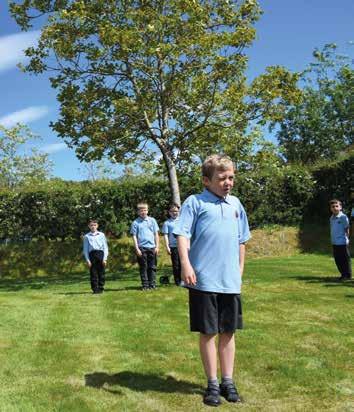

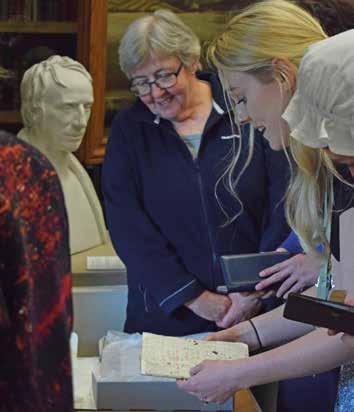
The collection continued to grow, and we were delighted to receive many generous gifts during the year (see page 25). 98 people used our Reading Room (equivalent to 157 research days), and our curatorial team answered many more research enquiries by post and email.
Right: William Hutchinson, An Excursion to the Lakes, 1773 proof copy with annotations, probably in Hutchinson’s hand. The gift of the W.W. Spooner Charitable Trust
Opposite page: Watercolours by William Green, gifts of the W.W. Spooner Charitable Trust: View of Buttermere, 1790 (top); Wastwater, c.1810 (bottom)
Below: Harry Williamson (centre), with Michael McGregor, Director (left) and Jeff Cowton, Curator and Head of Learning (right), presenting a gift of two drawings of Dove Cottage by an unknown artist, c.1901


